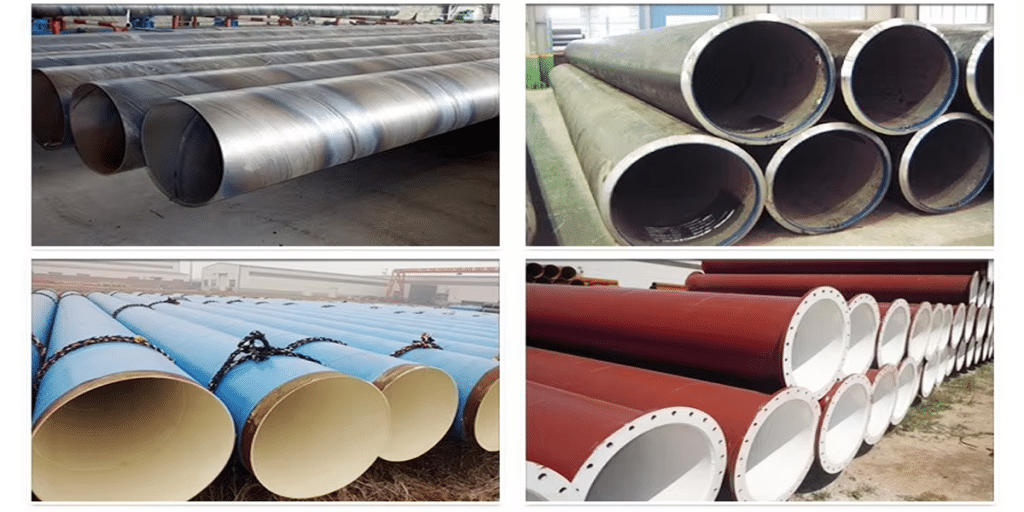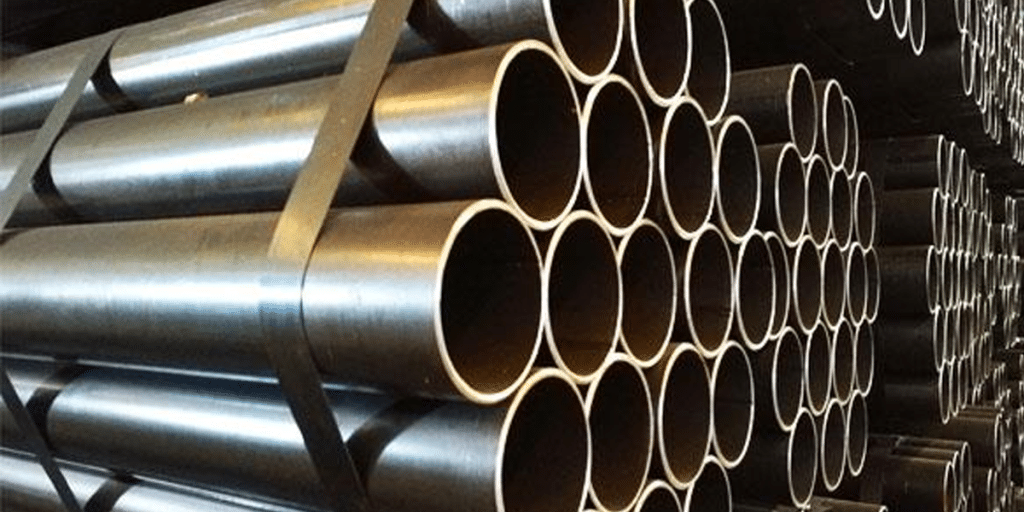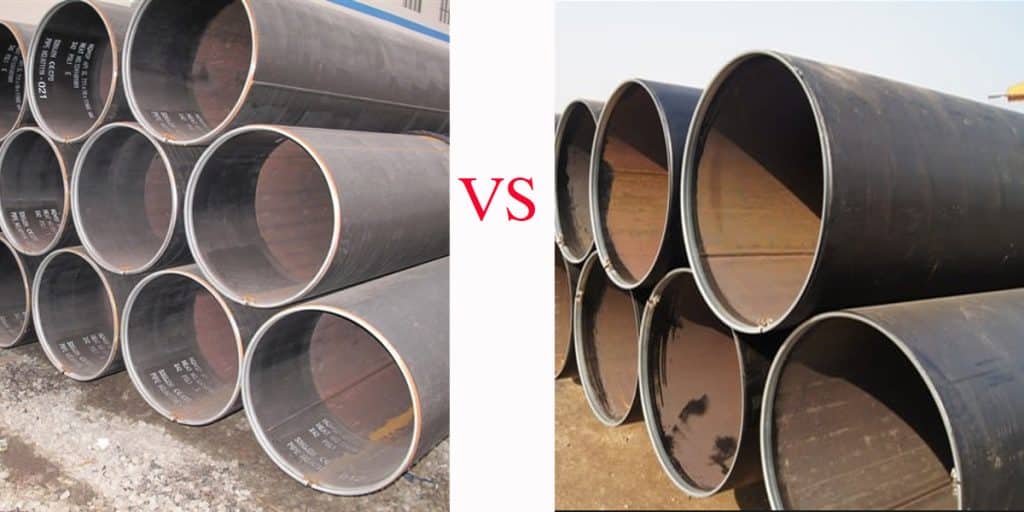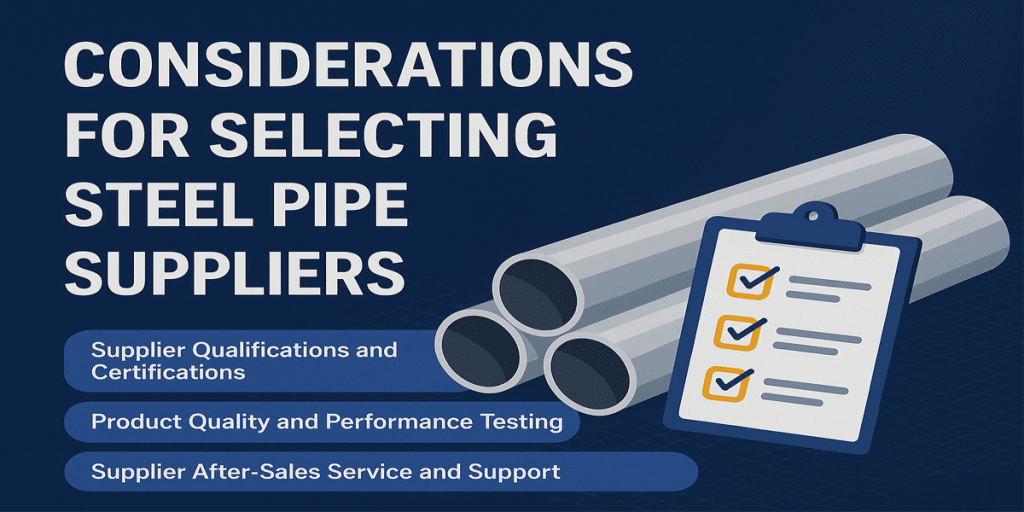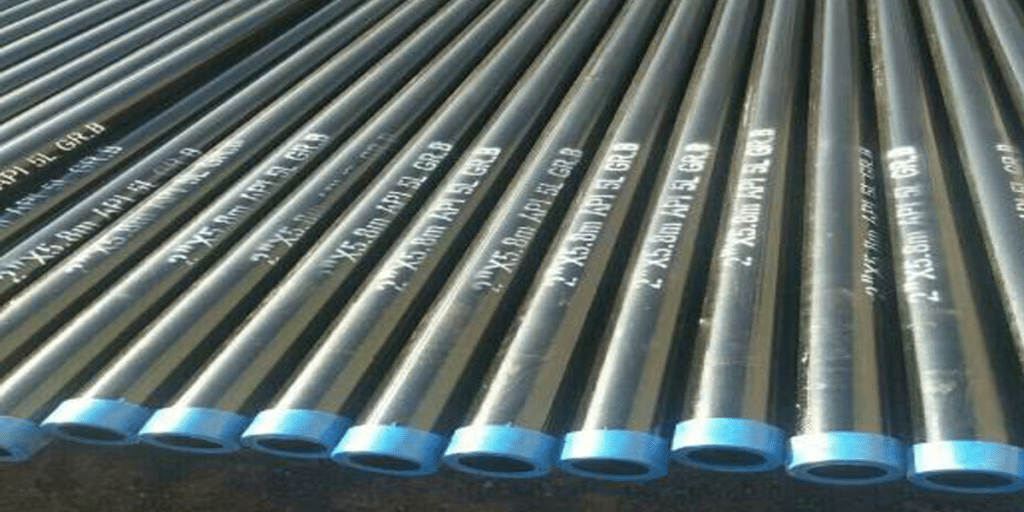In the steel pipe industry, product quality is a key factor that determines market competitiveness. As the global demand in construction, energy, oil, and gas sectors continues to rise, steel pipes, as a critical raw material in infrastructure construction, face increasingly stringent quality standards and testing requirements. From material selection to production processes, and finally to quality inspection, each step directly impacts the performance and safety of steel pipes. This article will explore the key indicators in steel pipe quality testing, helping businesses ensure that their products meet international standards and industry requirements during production and procurement.
Whether it’s in corrosion resistance, compressive strength, or in aspects such as connectivity and thickness, mastering these indicators is essential for improving product quality, optimizing production processes, and strengthening market competitiveness. Through an analysis of current market trends, we will discuss how precise quality testing can ensure the reliability of steel pipes in various applications, providing businesses with effective selection references and enhancing their position in the global steel pipe market!
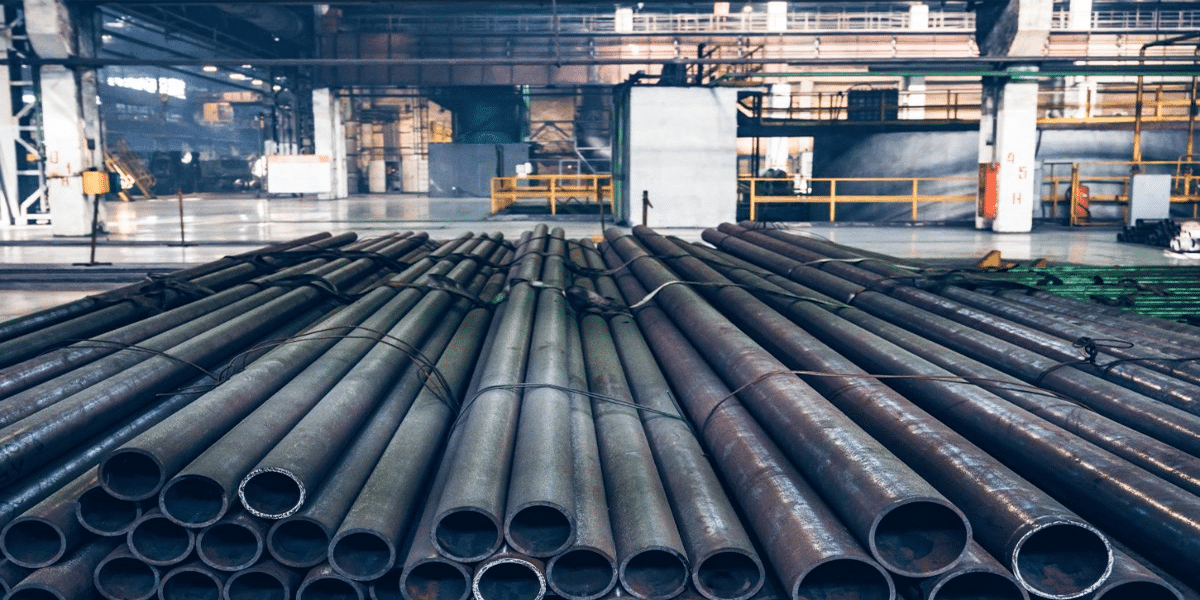
The Main Categories of Steel Pipe Quality Testing are as Follows
Visual Inspection: The purpose is to check the surface of the steel pipe for defects such as cracks, dents, scratches, oxide scale, rust, etc. This is usually the most basic quality check to ensure the surface of the steel pipe is free from obvious flaws.
Dimensional Measurement: This includes measuring the steel pipe’s outer diameter, wall thickness, length, ovality, and the flatness of the ends. It ensures that the dimensions of the steel pipe meet the relevant standards and design requirements.
Mechanical Property Testing: This tests the tensile strength, yield strength, and elongation of the steel pipe, mainly assessing its ability to withstand normal working loads and deformation under pressure, tension, and other external forces. This is crucial for ensuring the pipe can perform well under operational conditions.
Chemical Composition Analysis: Chemical analysis determines whether the alloy components (such as carbon, chromium, manganese, silicon, etc.) of the steel pipe meet specified standards. The chemical composition directly affects the steel pipe’s strength, corrosion resistance, and wear resistance.
Metallographic Analysis: This involves observing the internal structure of the steel pipe using microscopes and other methods, evaluating grain size, distribution of microstructure, inclusions, etc. Metallographic analysis helps assess the workability and uniformity of the material.
Non-Destructive Testing (NDT): Includes methods like ultrasonic testing, radiographic testing, magnetic particle testing, and dye penetrant testing. NDT is used to detect cracks, pores, inclusions, and other defects inside and outside the steel pipe, ensuring the internal quality without damaging the pipe.
Corrosion Resistance Testing: This tests the steel pipe’s ability to resist corrosion under different environmental conditions, including salt spray tests and acid-base tests. This is especially important for steel pipes used in corrosive environments, such as in the oil and gas industry or chemical industries.
Welding Quality Testing: Inspects the weld joints, mainly evaluating the integrity, strength, and whether there are defects such as cracks, porosity, or incomplete fusion. For welded steel pipes, the welding quality is directly related to the overall performance of the product.
Pressure Testing: Involves applying internal pressure to test the steel pipe’s strength and sealability under working pressure. This is mainly used to check whether the steel pipe can function properly under high-pressure conditions, especially for pipelines that transport liquids or gases.
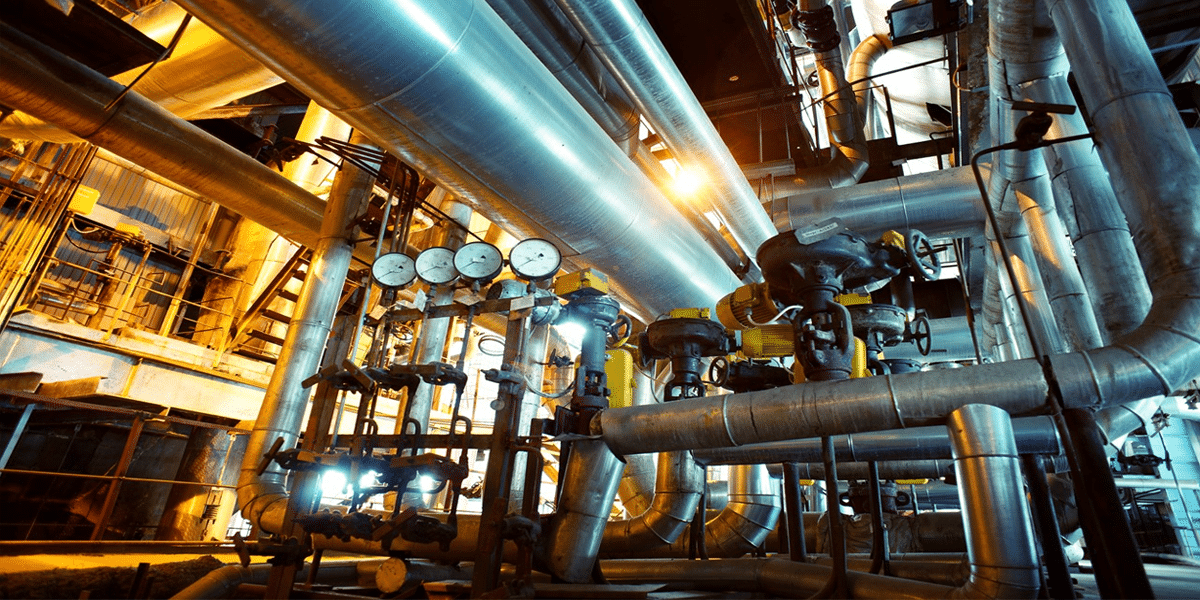
Common Steel Pipe Standards and Their Quality Inspection Requirements
Common steel pipe standards have varying quality inspection requirements based on different applications and standards. Below are some common requirements for steel pipe quality inspection according to major standards such as API, ASTM, GB, EN, and AS:
1. API 5L Standard (Steel pipes for oil and gas pipelines)
Appearance inspection: The surface of the steel pipe should be free of obvious defects such as cracks, dents, scratches, and scale.
Dimensional requirements: The outer diameter, wall thickness, and length should comply with the standard specifications to ensure the pipe’s usability.
Mechanical properties: The steel pipe must meet specified tensile strength, yield strength, and elongation to withstand pressure and mechanical stress.
Non-destructive testing: Typically, ultrasonic and X-ray testing are required to check for internal defects such as cracks and voids.
Pressure testing: The steel pipe should undergo a hydrostatic or pneumatic test to assess its sealing and pressure resistance capabilities.
2. ASTM A53 Standard (General-purpose steel pipes)
Chemical composition analysis: The steel pipe’s chemical composition must comply with standard requirements to ensure its mechanical properties and corrosion resistance.
Appearance inspection: The steel pipe should be free of external defects such as cracks, corrosion, scratches, or rust.
Mechanical performance testing: Tensile strength, yield strength, and elongation should meet specified requirements.
Hydrostatic or pneumatic testing: The pipe should undergo a pressure test to ensure no risk of water or gas leakage.
Non-destructive testing: Ultrasonic or X-ray inspection should be performed on welded joints to ensure no welding defects.
3. ASTM A106 Standard (High-temperature pressure pipeline steel pipes)
Chemical composition analysis: The alloy composition of the steel pipe must meet specifications to ensure performance in high-temperature environments.
Mechanical properties: Higher tensile and yield strength requirements are specified for use in high-temperature applications.
Hydrostatic testing: High-temperature pipeline steel pipes typically require a hydrostatic test to ensure no leakage.
Non-destructive testing: Ultrasonic or X-ray testing is conducted to check for defects like cracks or voids.
4. GB/T 8163 Standard (Seamless steel pipes for fluid transmission)
Appearance inspection: The surface of the steel pipe should be smooth and free of cracks, bubbles, rust, etc.
Chemical composition testing: The chemical composition of the steel pipe should comply with the GB/T standard to ensure its strength and corrosion resistance.
Dimensional inspection: The outer diameter, wall thickness, and other dimensions should meet the standard requirements.
Mechanical performance testing: The steel pipe’s tensile strength and yield strength must meet specified standards.
Pressure testing: Hydrostatic or pneumatic testing should be performed to ensure the pipe’s sealing and pressure resistance.
Non-destructive testing: Regular ultrasonic or X-ray inspection is performed to detect internal defects.
5. GB/T 3091 Standard (Cold-formed thin-walled steel pipes)
Chemical composition analysis: The chemical composition of the steel pipe is tested to ensure its properties.
Appearance inspection: The surface of the steel pipe should be smooth and free of obvious defects.
Dimensional measurement: The outer diameter, wall thickness, and length dimensions should comply with standard specifications.
Mechanical properties: Tensile strength and yield strength requirements must meet the standard.
Non-destructive testing: Radiographic and ultrasonic testing should be conducted to ensure there are no defects in the welding joints and the pipe body.
6. ISO 3183 Standard (Steel pipes for oil and gas transmission)
Appearance inspection: The steel pipe surface should be free from cracks, defects, or any flaws that could affect quality.
Mechanical properties: The steel pipe should have high tensile strength, yield strength, and elongation to withstand high-pressure environments.
Chemical composition: The chemical composition of the steel pipe should meet the standard to ensure corrosion resistance and pressure-bearing capacity.
Non-destructive testing: Ultrasonic, X-ray, or other non-destructive tests should be performed to ensure the long-term reliability of the steel pipe.
Pressure testing: Hydrostatic or pneumatic testing should be performed to ensure the pipe’s pressure resistance and sealing ability.
7. EN 10219 Standard (Cold-formed welded steel pipes)
Appearance inspection: The surface of the steel pipe should be free of obvious defects such as cracks, peeling, or welding defects.
Chemical composition analysis: The chemical composition of the steel pipe should meet the standard to ensure good mechanical properties and corrosion resistance.
Dimensional requirements: The outer diameter, wall thickness, and length of the steel pipe should meet the specified dimensions.
Mechanical properties: The tensile strength and yield strength of the steel pipe should meet the required standards.
Non-destructive testing: Ultrasonic or radiographic inspection should be conducted to ensure there are no welding defects.
Pressure testing: A hydrostatic test should be performed to ensure the pipe is free from leakage.
8. AS 1163 Standard (Structural steel pipes)
Appearance inspection: The steel pipe surface should be free of noticeable defects such as cracks, bulges, or corrosion.
Chemical composition analysis: The chemical composition of the steel pipe should meet AS 1163 standards to ensure it possesses the required strength and toughness.
Dimensional inspection: The outer diameter, wall thickness, and length of the steel pipe should be tested to ensure they meet the specifications.
Mechanical properties: Tensile strength and yield strength should meet the standard’s requirements for structural use.
Non-destructive testing: Ultrasonic or radiographic testing should be performed to check for defects in the welding joints and the internal and external surfaces of the pipe.
Pressure testing: A hydrostatic test should be performed to ensure the pipe has sufficient sealing and strength.
The Actual Performance and Advantages of Qualified Steel Pipes
1. Improve Long-term Performance
Extended Service Life: Steel pipes that pass quality inspection have higher corrosion resistance, wear resistance, and both high and low-temperature resistance, ensuring long-term stable use in extreme environments, effectively extending the service life of the pipes.
Fatigue Resistance: Steel pipes that pass strict testing are able to withstand prolonged mechanical stress and vibration without cracking or fatigue damage, ensuring long-term stability.
2. Reduce Overall Project Costs
Reduce Maintenance and Replacement Costs: The quality of compliant steel pipes ensures the stability of pipelines during operation, reducing the frequency of repairs and replacements due to failures, which effectively lowers the overall lifecycle costs of the project.
Improve Energy and Resource Efficiency: The sealing, corrosion resistance, and other performance advantages of the pipes ensure the efficient operation of the pipeline system, avoiding energy and resource waste, and further reducing operating costs.
3. Enhance Project Acceptance and Compliance
Increase Project Acceptance Rate: Steel pipes that pass quality inspection meet national and international standards, ensuring that engineering projects can pass inspection smoothly and avoid delays or rework due to quality issues.
Meet Third-Party Review Requirements: Compliant steel pipes can pass third-party testing and certification, ensuring that the project meets strict quality, environmental, and other standards, and can successfully pass various audits.
4. Optimize Pipeline System Safety
Ensure Pipeline Strength and Pressure Endurance: Through hydrostatic or pneumatic tests, steel pipes that pass quality inspections can withstand higher pressures, ensuring the safety and stability of the pipeline in high-pressure environments.
Defect-Free Internal Quality: Compliant steel pipes undergo non-destructive testing to ensure there are no internal defects such as cracks or air pockets, further enhancing the safety of the pipeline and preventing potential risks.
5. Adapt to Various Operating Environments
Corrosion and High-Temperature Resistance: Steel pipes that pass inspection have excellent corrosion and high-temperature resistance, making them suitable for various industrial fields such as oil and gas, chemicals, and construction, ensuring long-lasting performance in complex environments.
Meet Different Application Needs: Through various inspection requirements, compliant steel pipes can meet the standards of different industries (such as API, ASTM, EN, etc.), widely used in oil and gas transmission, construction structures, fluid transportation, and other fields.
6. Improve Overall Project Quality and Reliability
Reduce Failures and Risks: High-quality steel pipes reduce the likelihood of accidents and failures caused by material defects, lowering the chances of safety hazards in the project and improving the overall reliability of the system.
Higher Customer Satisfaction: Compliant steel pipes provide quality assurance for the project, allowing end customers to benefit from better performance and a longer service life, thereby improving customer satisfaction.
Inspection Documents and Certificates to Pay Attention to When Purchasing Steel Pipe
When purchasing steel pipes, the inspection documents and certificates are crucial as they provide effective assurance of the steel pipe’s quality, compliance, and suitability. Below are the common inspection documents and certificates related to steel pipe quality:
1. Certificate of Conformance
Content: This certificate, usually issued by the manufacturer, confirms that the steel pipe meets the relevant standards and customer requirements. It assures that the steel pipe has undergone necessary quality inspections and meets the agreed-upon technical specifications.
2. Mill Test Certificate (MTC)
Content: One of the most important documents, the Mill Test Certificate lists the steel pipe’s chemical composition, mechanical properties, dimensions, and other quality indicators in detail. It is issued by the manufacturer’s laboratory and tested according to relevant international standards (e.g., ASTM, EN, API).
3. Third-Party Inspection Report
Content: This report is conducted and certified by an independent third-party inspection agency to ensure that the steel pipe meets the required quality standards. It usually includes results from chemical composition analysis, mechanical testing, appearance inspection, and non-destructive testing (NDT).
4. Non-Destructive Testing Report (NDT)
Content: This type of report shows the results from non-destructive testing methods such as ultrasound, X-ray, or magnetic particle inspection, to detect internal defects like cracks or weld quality issues in the steel pipe. Common NDT reports include ultrasonic testing reports and X-ray inspection reports.
5. Product Certification
Content: This certificate proves that the steel pipe complies with specific certification standards or regulations, such as ISO 9001 or CE marking, ensuring that the product meets international or regional requirements. These certifications can provide additional quality assurance, especially for export products.
6. Pressure Test Report
Content: For steel pipes used in high-pressure applications, pressure testing (such as hydrostatic or pneumatic testing) is typically conducted to ensure that the steel pipe does not leak or burst under specified pressures. This report confirms that the steel pipe can withstand the required pressure range.
7. Heat Treatment Report
Content: If the steel pipe requires heat treatment (such as annealing or normalizing), the heat treatment report provides details about the treatment temperature, time, and other parameters, ensuring that the steel pipe achieves the necessary mechanical properties.
8. Chemical Composition Report
Content: This report provides the results of the chemical composition analysis of the steel pipe, ensuring that it meets the specified standards. It typically includes the content of key alloying elements like carbon, manganese, silicon, sulfur, phosphorus, etc., ensuring the pipe’s strength and corrosion resistance.
9. Dimensional Report
Content: This report confirms that the dimensions of the steel pipe, such as outer diameter, wall thickness, length, and end shape, conform to the required specifications, ensuring proper fit and functionality in its application.
10. Welding Certificate
Content: For welded steel pipes, a welding certificate is required to prove that the welding process and weld quality meet the relevant standards and have passed inspection.
11. ISO Certification
Content: Certifications like ISO 9001, ISO 14001, ISO 45001, etc., certify that the manufacturer’s production and quality control systems meet international standards, ensuring the product’s quality management is in compliance with required guidelines.
12. CE Marking
Content: This is a compliance mark for the European market that indicates the product meets the health, safety, and environmental requirements of the European Union. Steel pipes with CE certification meet the necessary European standards.
13. API Certification
Content: For steel pipes used in the oil and gas industry, API certification, such as API 5L standard, is necessary. These certifications ensure the steel pipe meets the requirements for the oil and gas sector.
14. EN 10219 Certificate
Content: This certification is for cold-formed welded steel pipes, confirming that the product complies with the EN 10219 standard and ensures the pipe’s performance and reliability in various environments.
15. Material Safety Data Sheet (MSDS)
Content: For special-use steel pipes, such as those used in hazardous chemical transportation, an MSDS is required. This sheet provides safety, handling, and storage information for the.
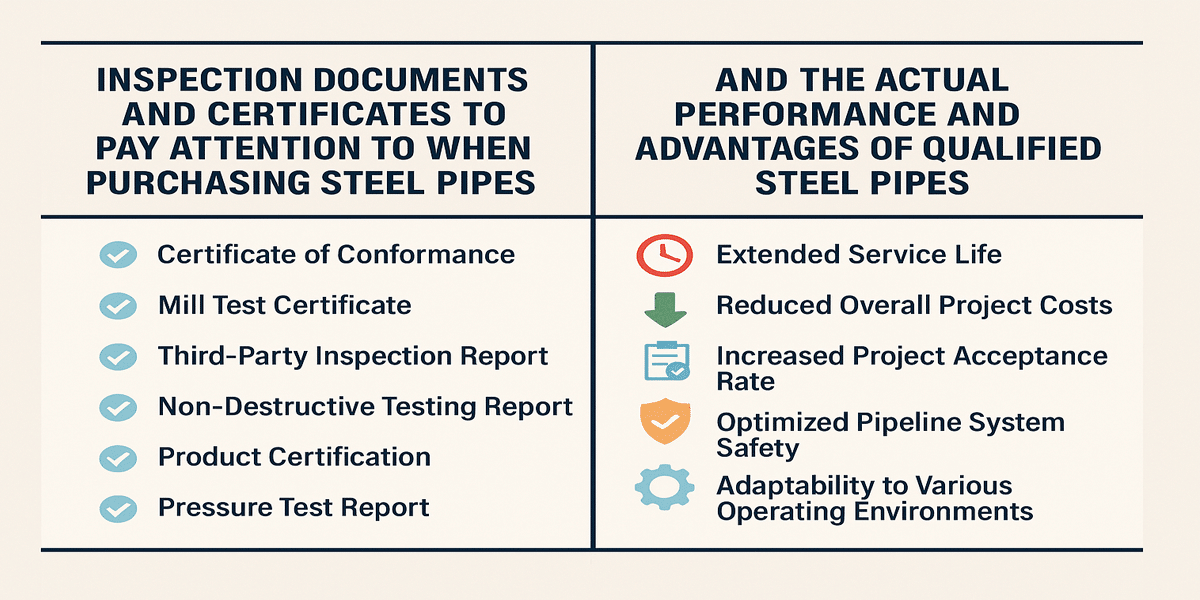
When purchasing steel pipes, understanding and paying attention to the relevant inspection documents and certificates is a crucial step in ensuring product quality and safety. Through proper testing and certification, we can provide you with high-quality, reliable steel pipes to ensure the smooth progress of your projects. Our company is dedicated to providing steel pipes that meet various standards, offering professional advice and services. Feel free to contact us anytime to learn more about our products and work together to create safer and more durable project outcomes!

